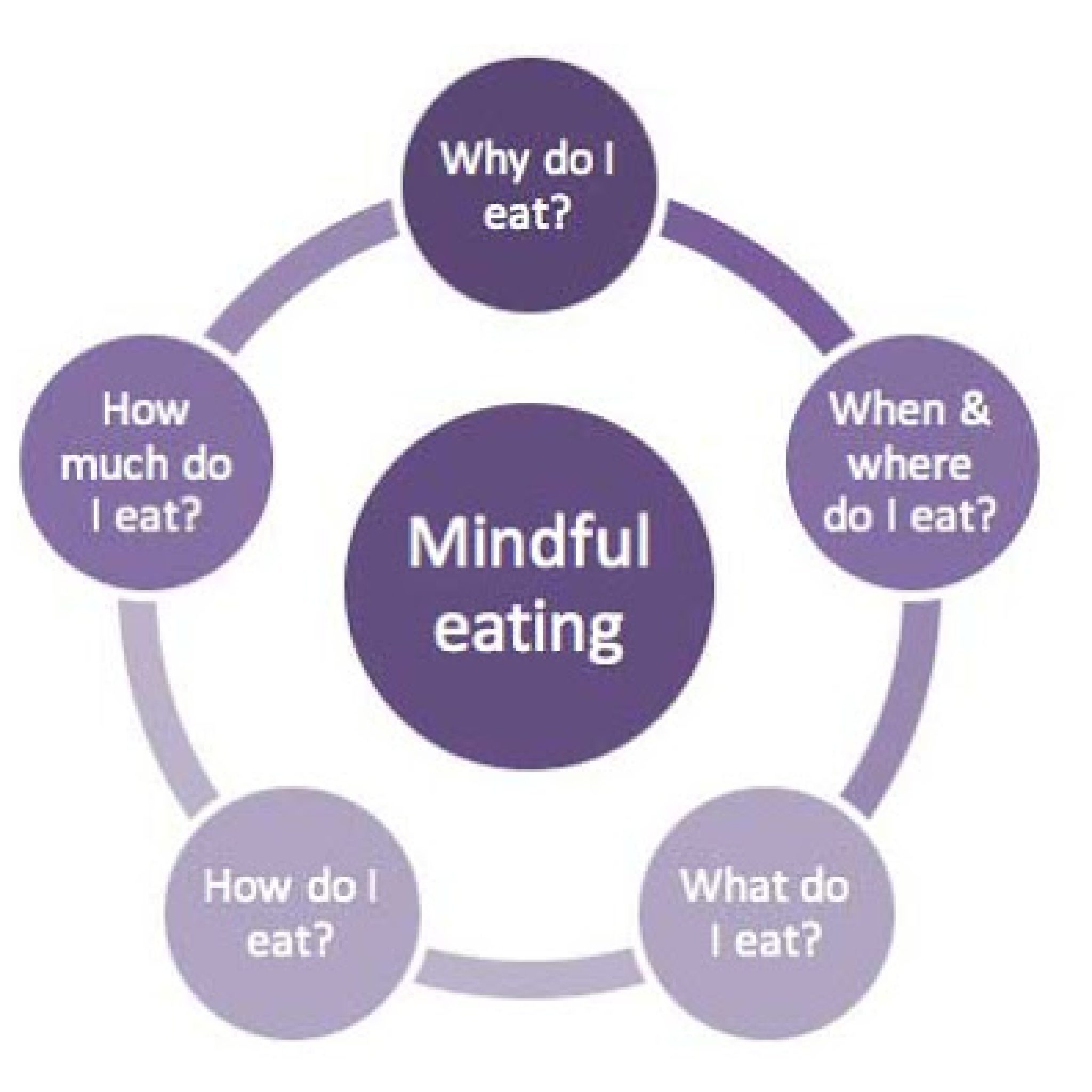Understanding Mindful Eating: The Science Behind Conscious Food Choices

Mindful eating is a practical approach to food that focuses on paying full attention to the experience of eating and drinking, both inside and outside the body.
This technique helps people develop a healthier relationship with food by tuning into hunger signals, taste preferences, and eating habits without judgment.
- Understanding Mindful Eating: The Science Behind Conscious Food Choices
Why Mindful Eating Matters
In today’s fast-paced world, many people eat while distracted – watching TV, working at their desks, or scrolling through phones.
This disconnected eating leads to overconsumption, poor digestion, and a weakened ability to recognize hunger and fullness cues.
Poor digestion is an issue I face since I have Ulcerative Colitis. Eating slowly helps with control bloat and flatulence. But I have this habit of eating quickly. It’s a habit I’ve always had. It’s hard to break, but I try.
Research shows [1] that practicing mindful eating can help reduce binge eating, emotional eating, and external eating (eating due to outside cues rather than internal hunger).
Studies [2] have found that people who practice mindful eating report greater satisfaction with meals, better portion control, and improved digestion.
How Mindful Eating Works

Mindful eating works by activating your body’s natural wisdom about food and eating. When you slow down and pay attention, you naturally begin to notice:
- Hunger and fullness signals
- Emotional triggers for eating
- The taste and texture of foods
- How different foods affect your energy and mood
This awareness helps create a positive feedback loop, making it easier to make conscious food choices rather than acting on autopilot.
Key Principles of Mindful Eating
Present-Moment Awareness
Focus completely on the eating experience, noticing colors, smells, textures, and flavors of food.
Non-Judgmental Observation
Notice thoughts about food without labeling them as “good” or “bad.”
Body Intelligence
Trust your body’s signals about hunger, fullness, and satisfaction.
Practical Mindful Eating Techniques
- Take three deep breaths before starting each meal
- Put your utensil down between bites
- Notice the temperature, texture, and taste of each bite
- Eat in a calm environment without distractions
- Check in with your hunger levels before, during, and after eating
Is mindful eating effective for weight loss?
While mindful eating isn’t primarily a weight loss strategy, research indicates it can support healthy weight management.
It helps people recognize true hunger, eat appropriate portions, and stop eating when satisfied rather than completely full.
How long does it take to develop mindful eating habits?
Most people notice improvements in their eating patterns within 2-3 weeks of consistent practice.
However, developing strong mindful eating habits typically takes 8-12 weeks of regular practice.
Can mindful eating help with emotional eating?
Yes, mindful eating is very effective for addressing emotional eating.
It helps people identify emotional triggers and develop alternative coping strategies besides turning to food for comfort.
Final Thoughts
Mindful eating offers an approach to improving your relationship with food.
Start with small steps. Eating one meal per day without distractions.
Chewing slowly and taking in the taste and smells.
Enjoy company.
Gradually build from there.
References
- Lattimore P. Mindfulness-based emotional eating awareness training: taking the emotional out of eating. Eat Weight Disord. 2020 Jun;25(3):649-657. doi: 10.1007/s40519-019-00667-y. Epub 2019 Mar 11. PMID: 30859465; PMCID: PMC7256094.
- Mindful Eating Harvard


